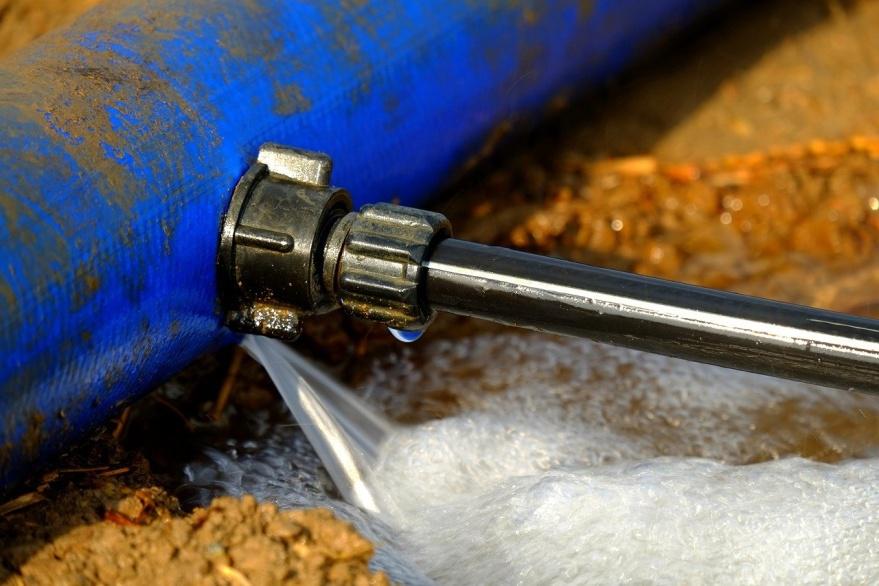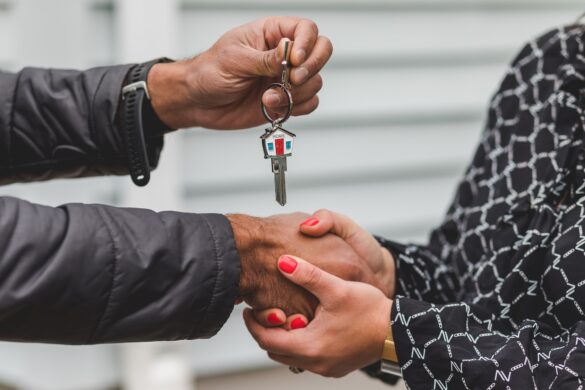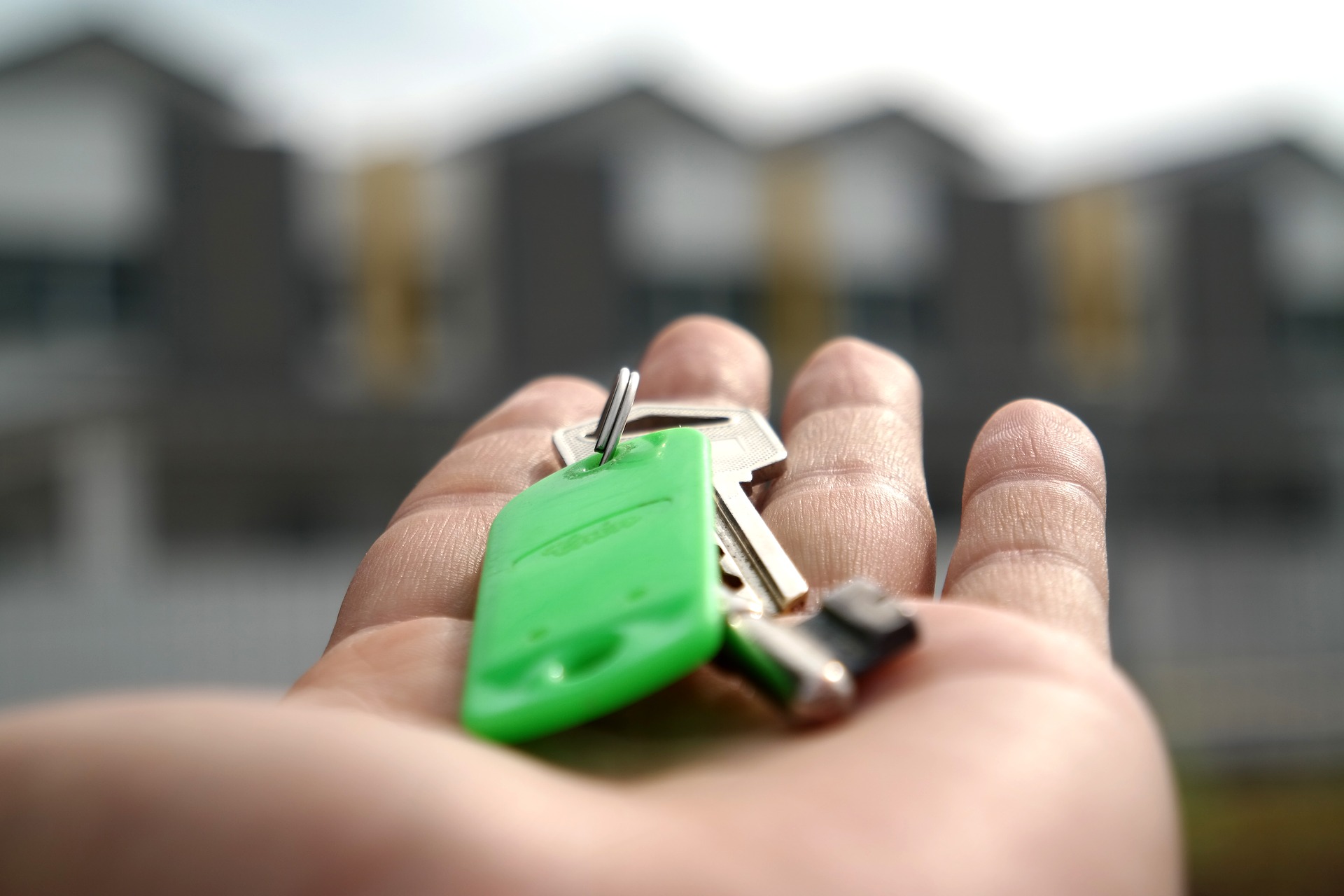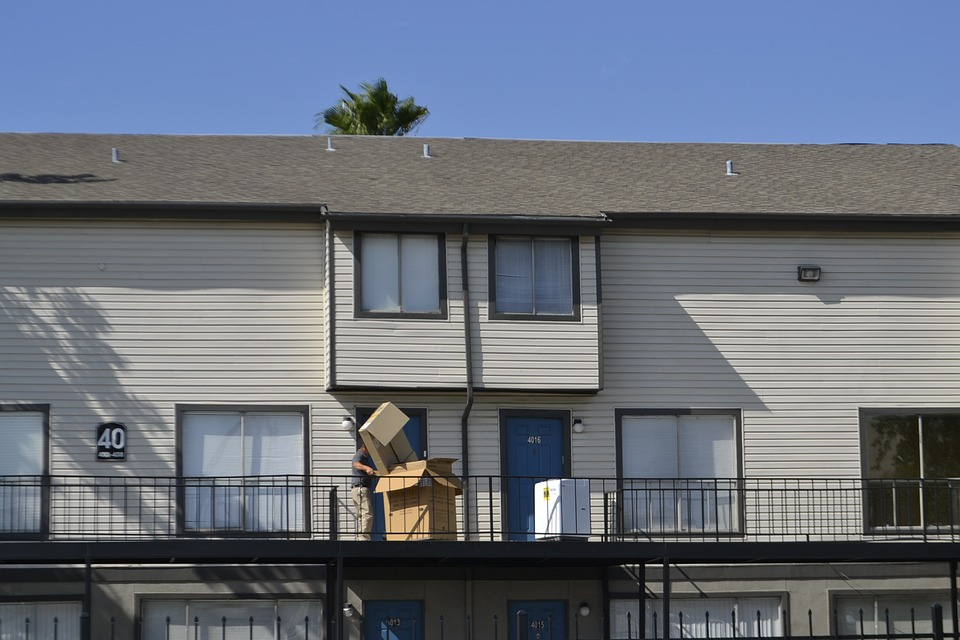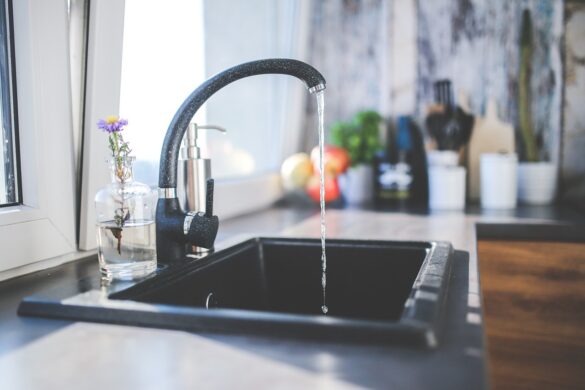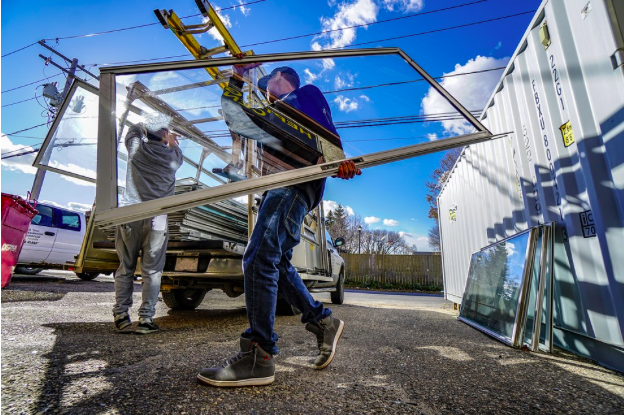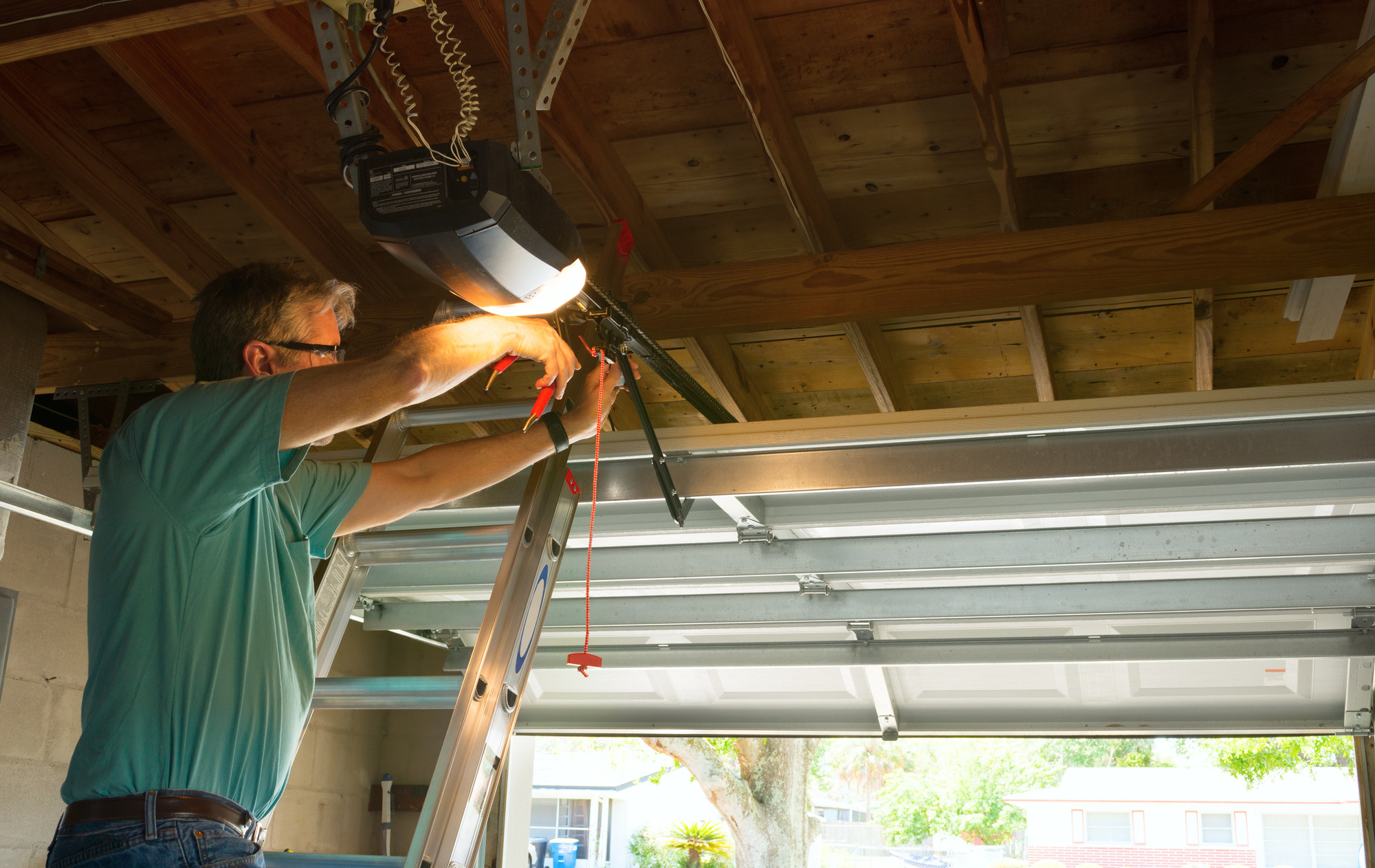 Like most mechanical things, garage doors operate without us giving them much thought- until they break. Once household issues like this develop, homeowners often wish they had done more preventative maintenance.
Like most mechanical things, garage doors operate without us giving them much thought- until they break. Once household issues like this develop, homeowners often wish they had done more preventative maintenance.
The last thing anyone wants is to have their garage door stuck in the UP position, with plenty of other things on the day’s agenda besides trying to get the jam fixed.
What are you supposed to do when you have to be at work in half an hour, but your garage is wide open to the neighborhood? You can’t just drive away and leave it hanging there all day, can you? Nope!
Here are a few great garage door DIY tips. If you use them on a regular basis, you can prevent this frustrating scenario from happening to you.
1. Keep Tabs on the Balance
Garage doors are mechanical beasts that operate with a motor and carefully balanced design. They have torsion springs that can be tightened and loosened to help the door move upwards on the track at the right speed.
If the tension of the spring becomes imbalanced, the motor will strain to lift the doors properly. It’s more likely that it will become stuck or rise at an odd angle, which could cause a jam.
You can check this by lifting the doors halfway up, and stopping the motor. If the springs are adjusted to the right amount of tension, they’ll be able to hold the door there without it slipping back down.
If you notice that the balance is failing, you may need a spring to make your garage door operational again. Be very careful around garage door springs because they are under a lot of tension and can be extremely dangerous.
2. Check the Chain, Track, Hardware, and Electronics Box
Most garage doors vibrate a lot. Because of the extra movement, a loose nut or bolt may work its way out and cause a jam. If you start to notice a lot of extra rattling, make the garage door slow down and check for loose fasteners.
It’s also important to keep the chain well-oiled and check the track for obstacles. If you store things up in the rafters of your garage, it’s possible that debris may fall on the track and become an obstruction.
Don’t underestimate the importance of checking the electronics, either. Check the wires and make sure all the switches are working properly.
3. Check the Exterior and Seal
Garage door maintenance also involves keeping the exterior clean and in good condition. If the door has built-in glass panels, keep them squeegeed.
Wash the surface whenever you wash your car, and treat it with sealants if it’s made with wood.
Since the garage door seal keeps out critters and weather elements, inspect it on a regular basis. Check the weather stripping for damage and dry-rotting, and replace it if you start to see signs of wear and tear.
4. Grease and Maintain the Rollers
When a garage door gets stuck, sometimes all you need to do is grease the rollers. And if they’re screeching and squealing? The same strategy will work for fixing that, too.
If you’ve never greased the track and rollers before, be sure not to rely on WD-40 alone! It’s better to use actual silicone or lithium machine lubricants. For the best results, grease the rollers at least twice a year.
Sometimes the rollers can bend or crack. If they show too many signs of wear and tear, get them replaced by a professional.
5. Check the Cables
Sometimes garage door cables snap or get snagged in the garage door mechanism. Cables can be tricky to repair, but it’s super easy to detect problems with them.
If your garage cables cause problems, have a garage door technician figure out what to do.
6. Be Sure the Safety Catch Works
All garage doors have a built-in safety catch. Similar to the automatic stop on elevator doors, it freezes the movement of a garage door when it comes in contact with something in the way.
If the safety catch malfunctions, you could experience a dented car roof, or worse. Small children and pets are especially vulnerable to getting hurt in garage door accidents. So, if you have them in your home, don’t forget to check the safety catch every few months.
7. Maintain the Correct Lifting Speed
The ideal garage door speed is slow and steady. If it’s too slow, you’ll feel like you’re wasting time, and if it’s too fast you’ll feel anxiety about making it in without setting off the safety catch.
Most garage door openers are set at the lowest opening speed when they are assembled, but there’s a way to adjust the speed with simple hand tools. Consult your user’s manual to find out the steps.
8. Keep the Light On
It’s easy to keep the lights on in your garage by replacing burnt-out bulbs. But be careful with LED bulbs, because they can mess with your garage door remote. Be sure that you use a version that won’t cancel out the signal.
Whenever you replace your garage light bulbs, clean the light fixture. Since the interior of your garage is open to the outdoors, it’s easy for bugs and gnats to get stuck inside, which looks dirty.
Garage Door DIY Maintenance Is Worth Your Time
You can avoid garage door problems with a little garage door DIY. You won’t have to put up with unexpected issues if you invest time doing regular maintenance. Best of all, you won’t have to worry about preventable accidents caused by failing parts.
If you’ve enjoyed this article, check out the rest of our blog. We write about business products and services, home, real estate, and more.



